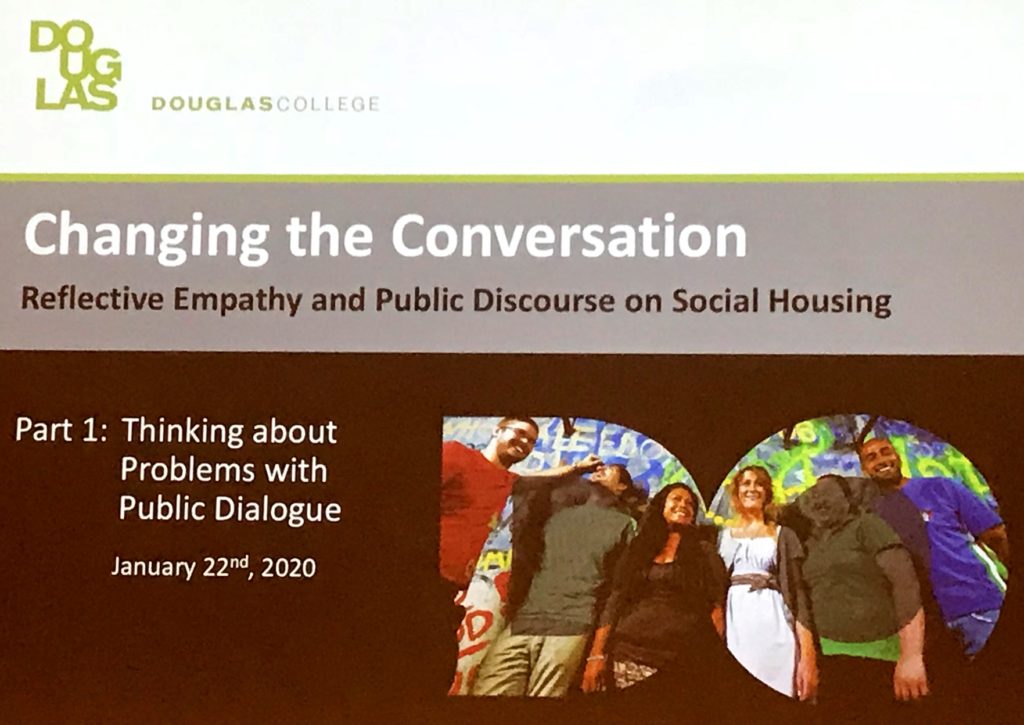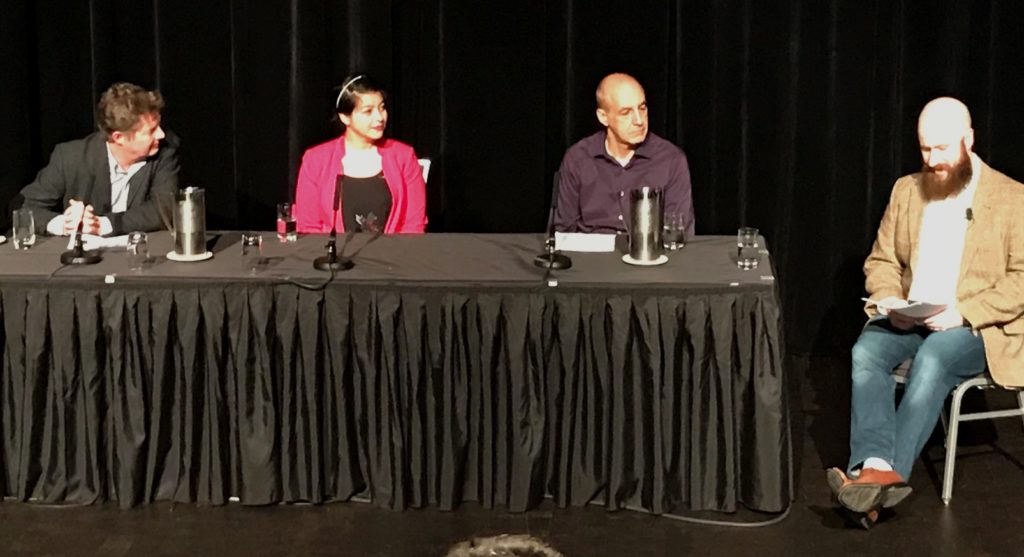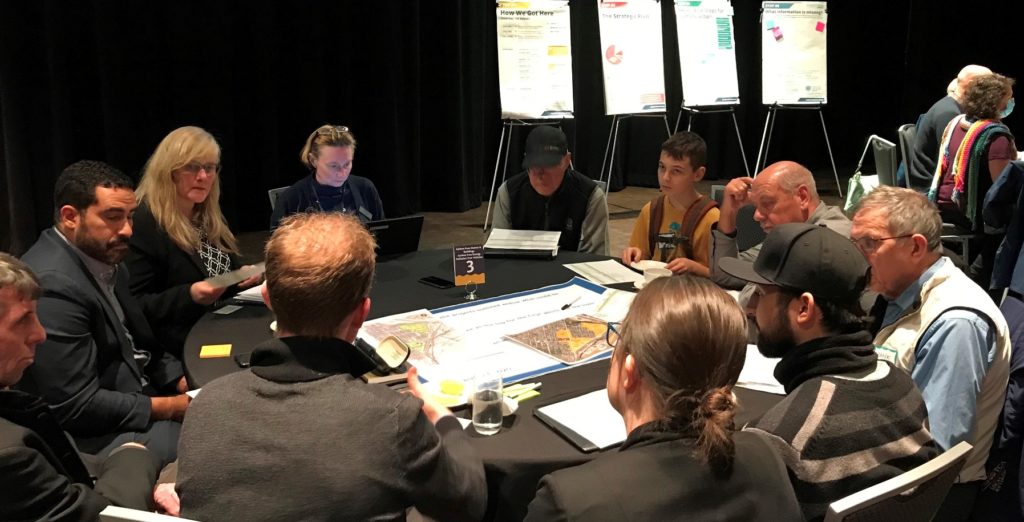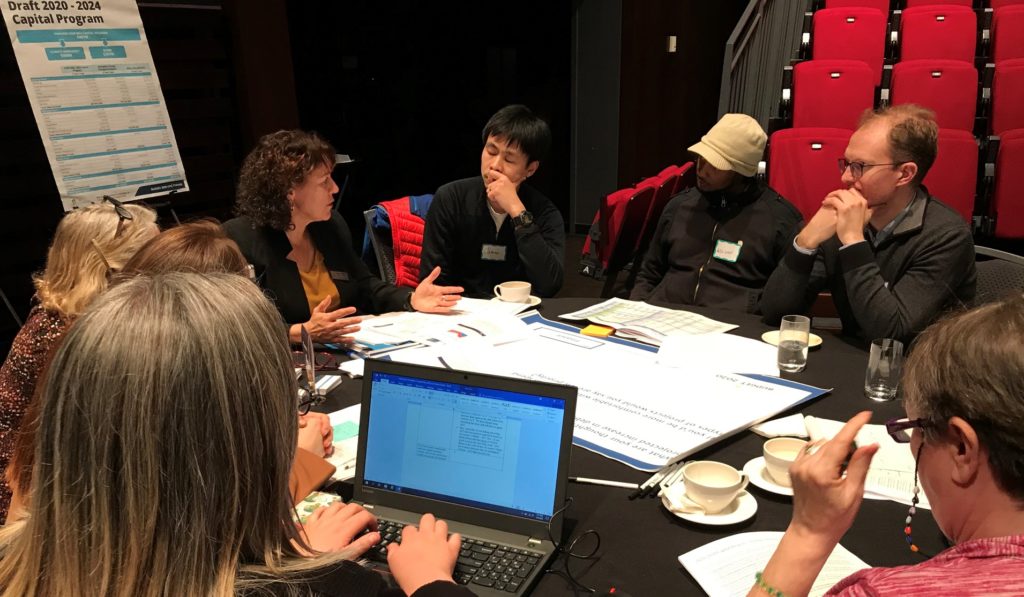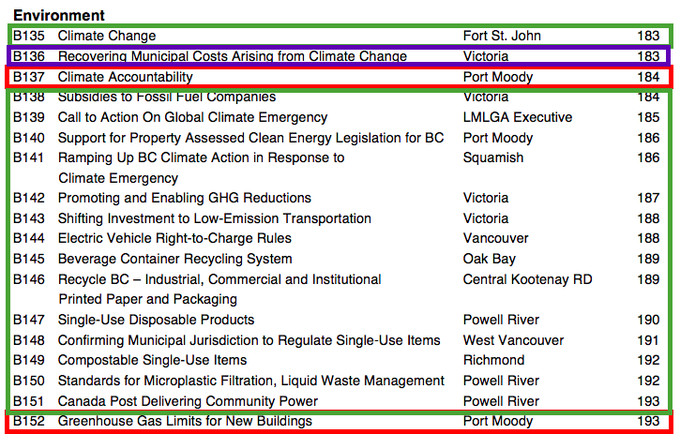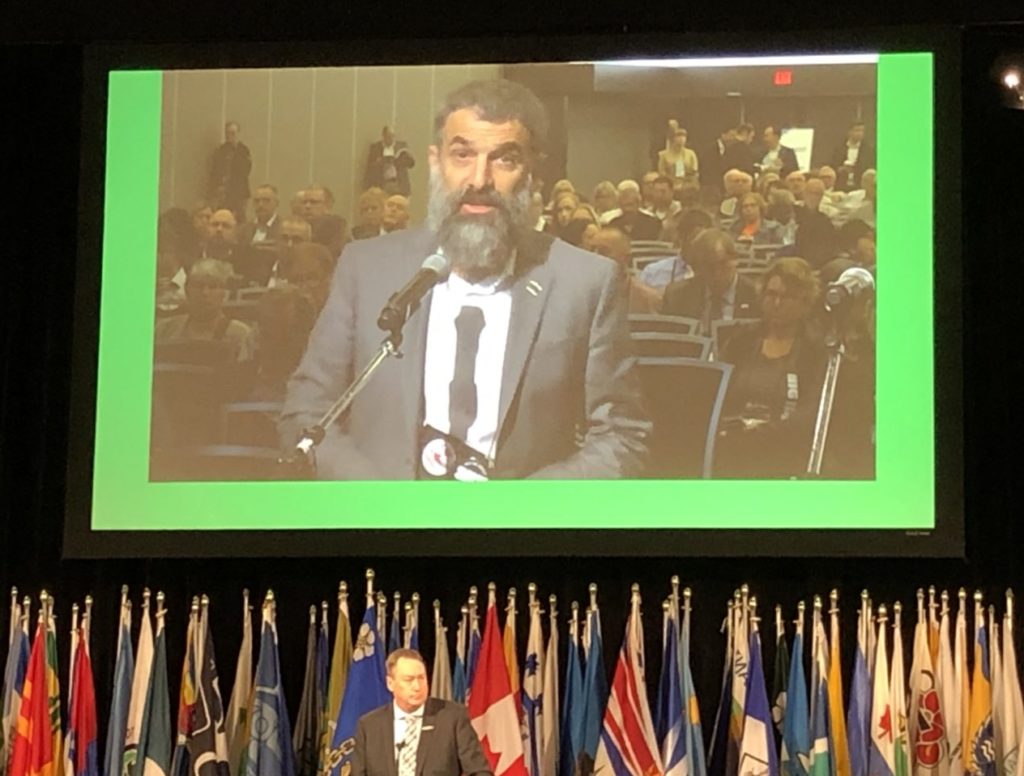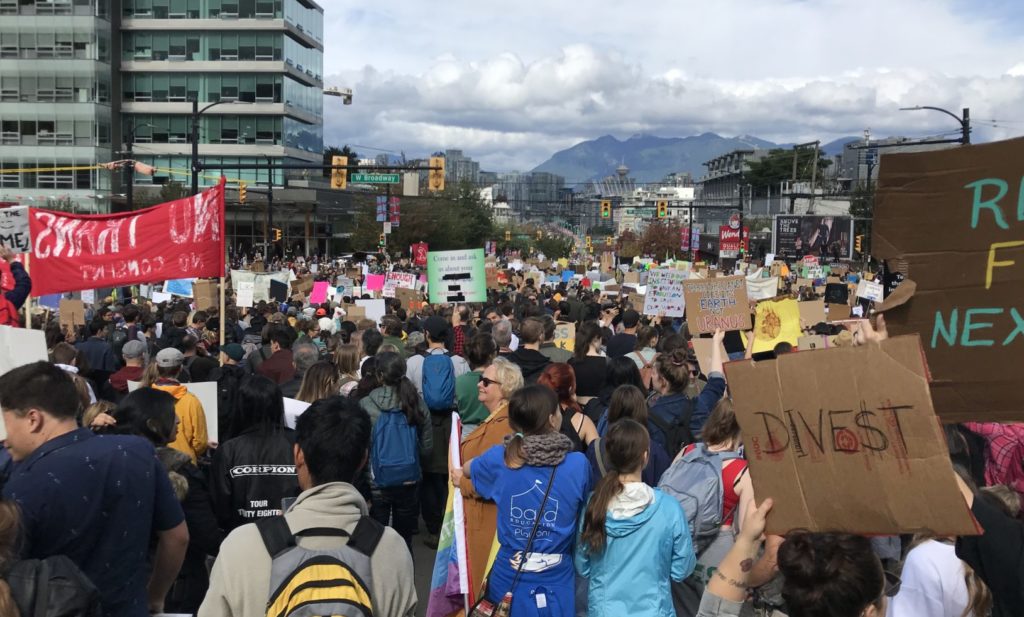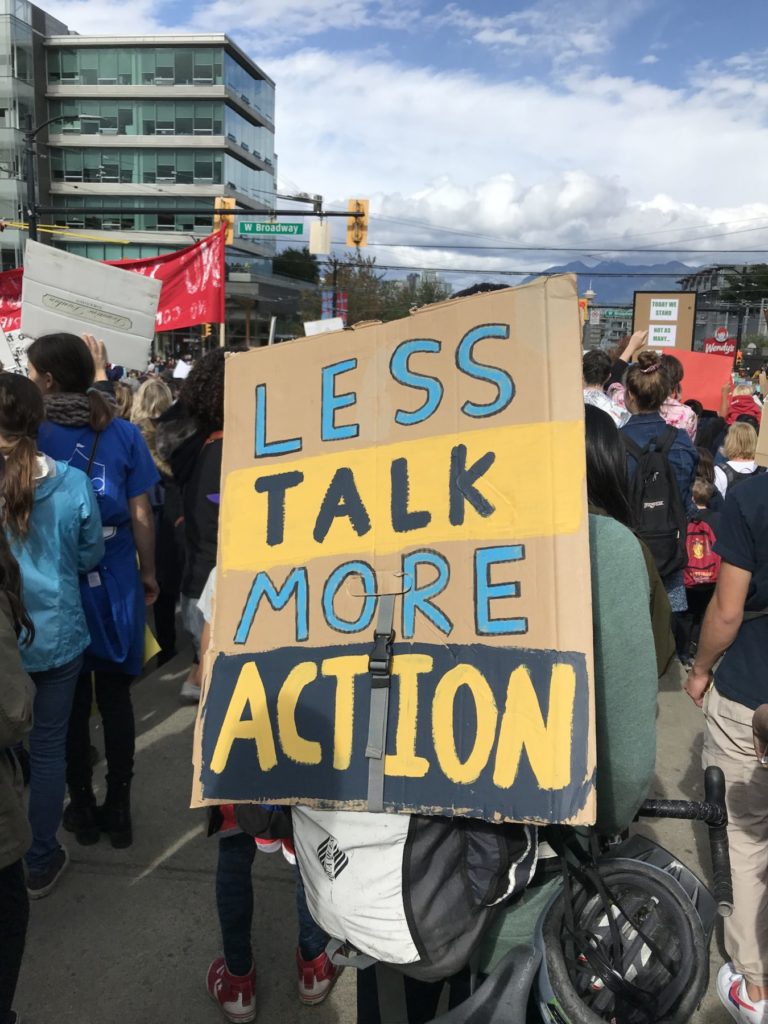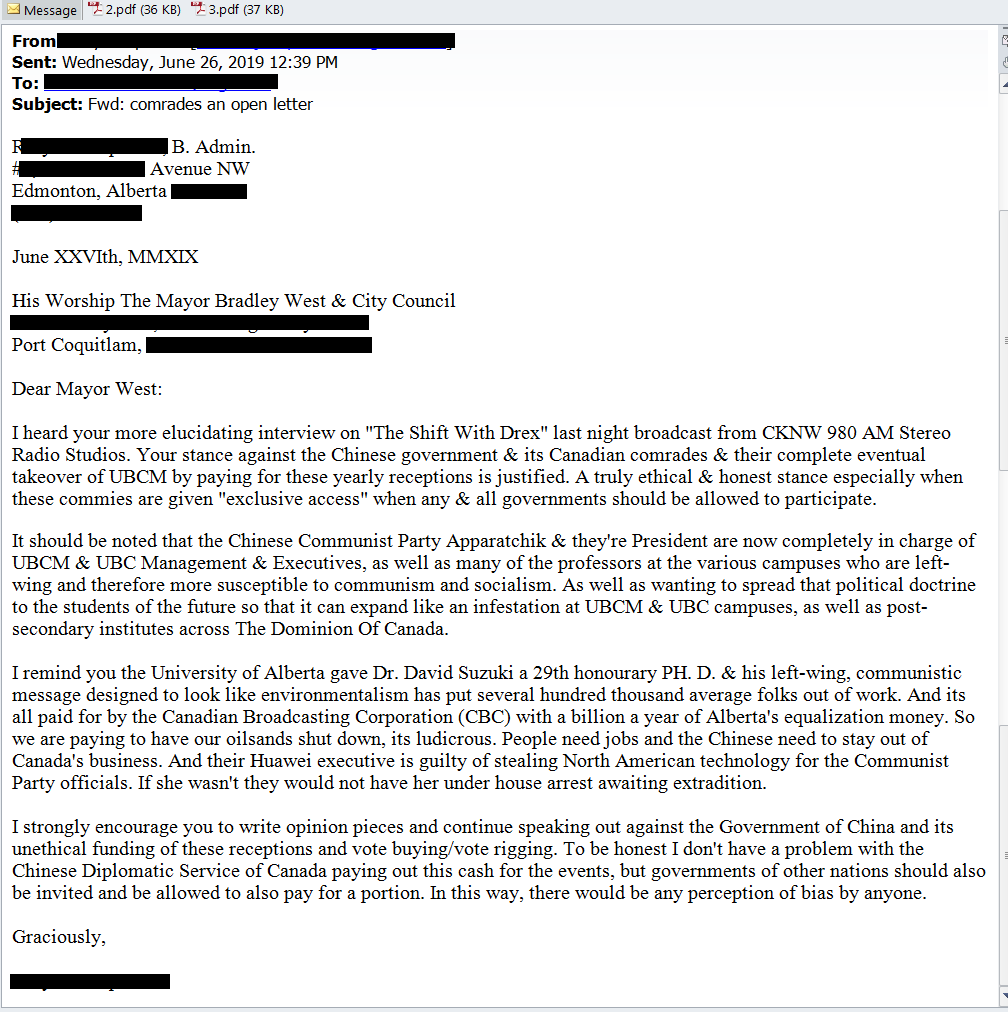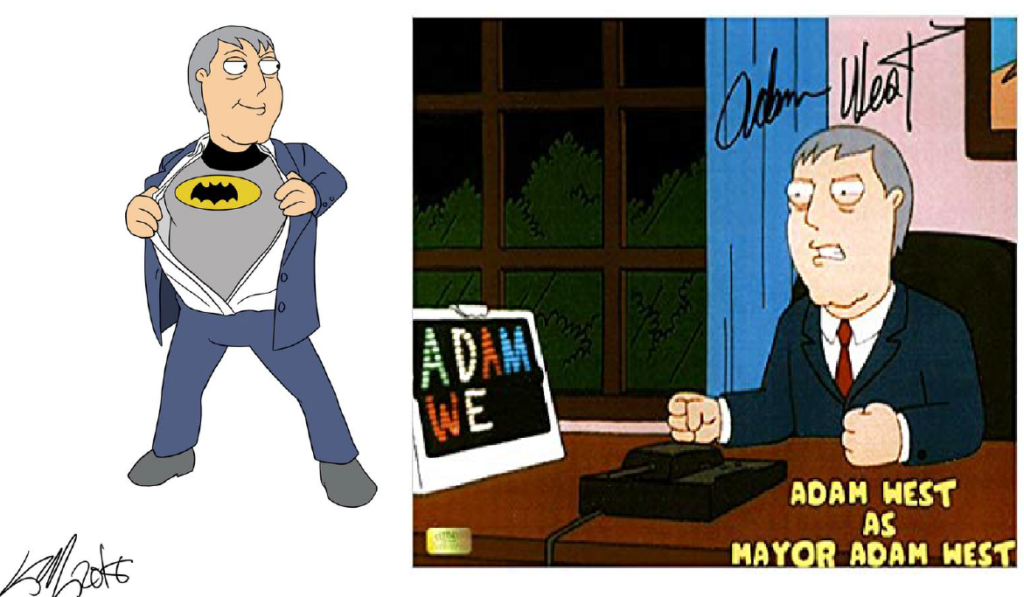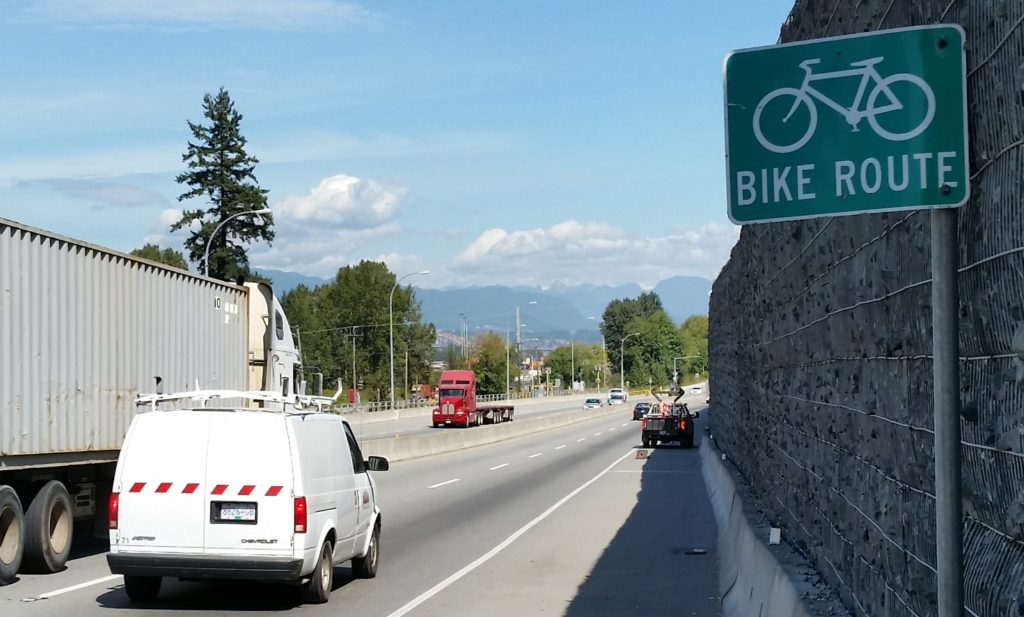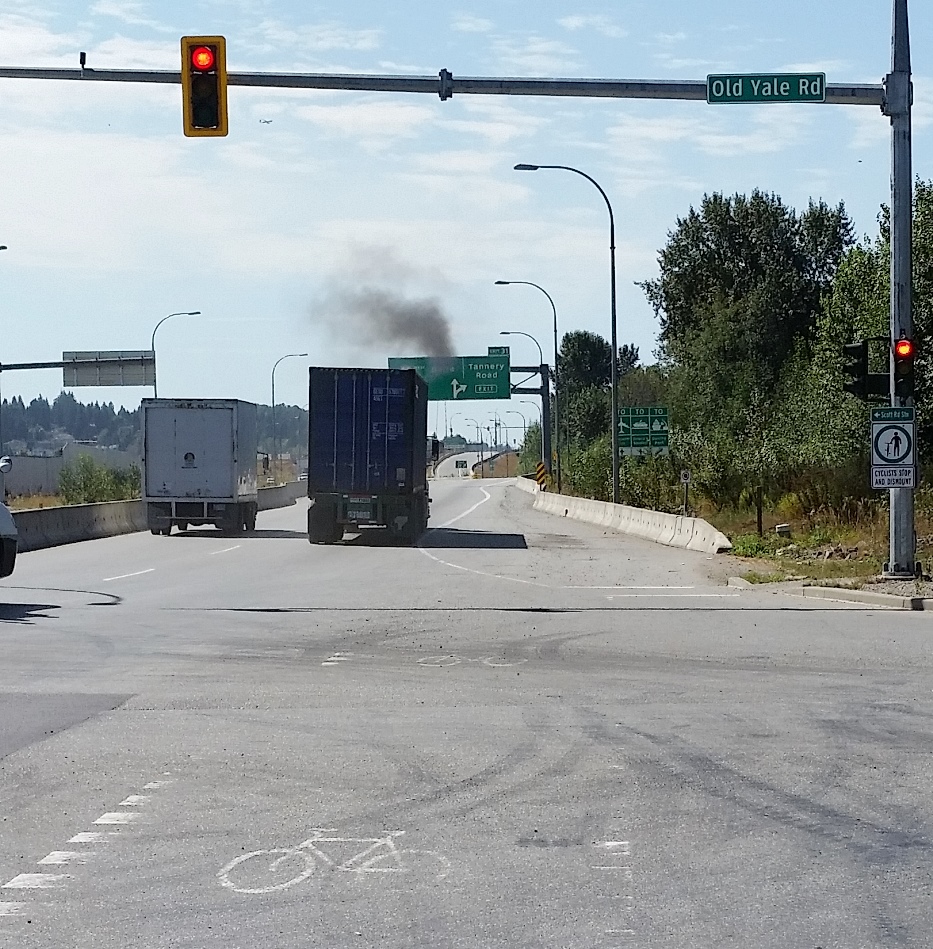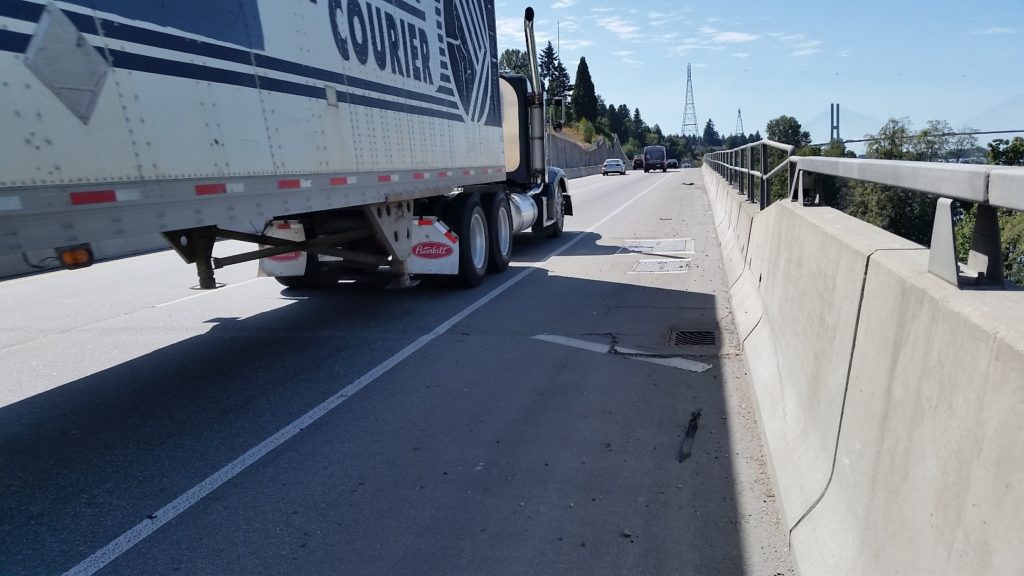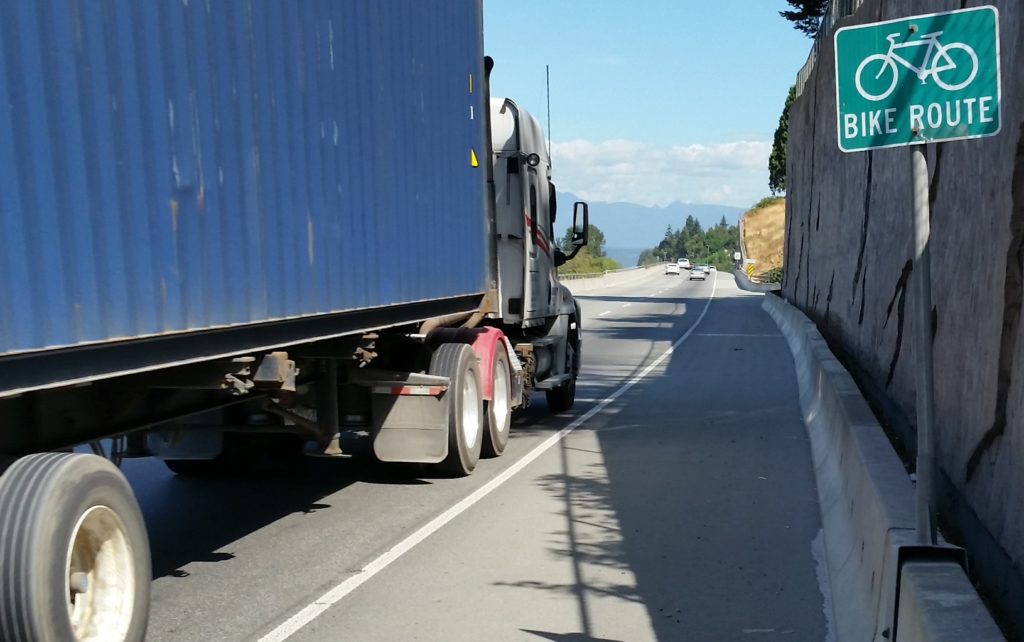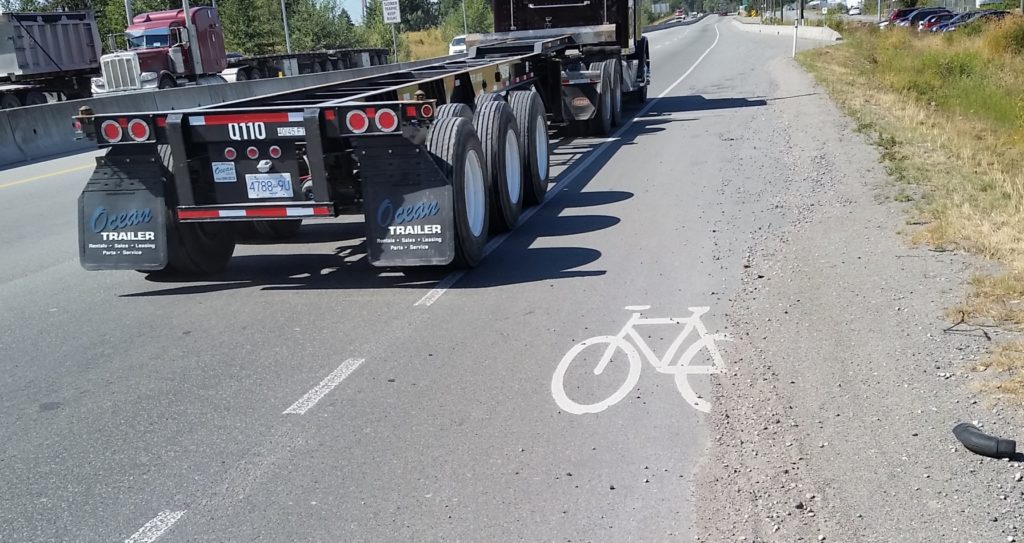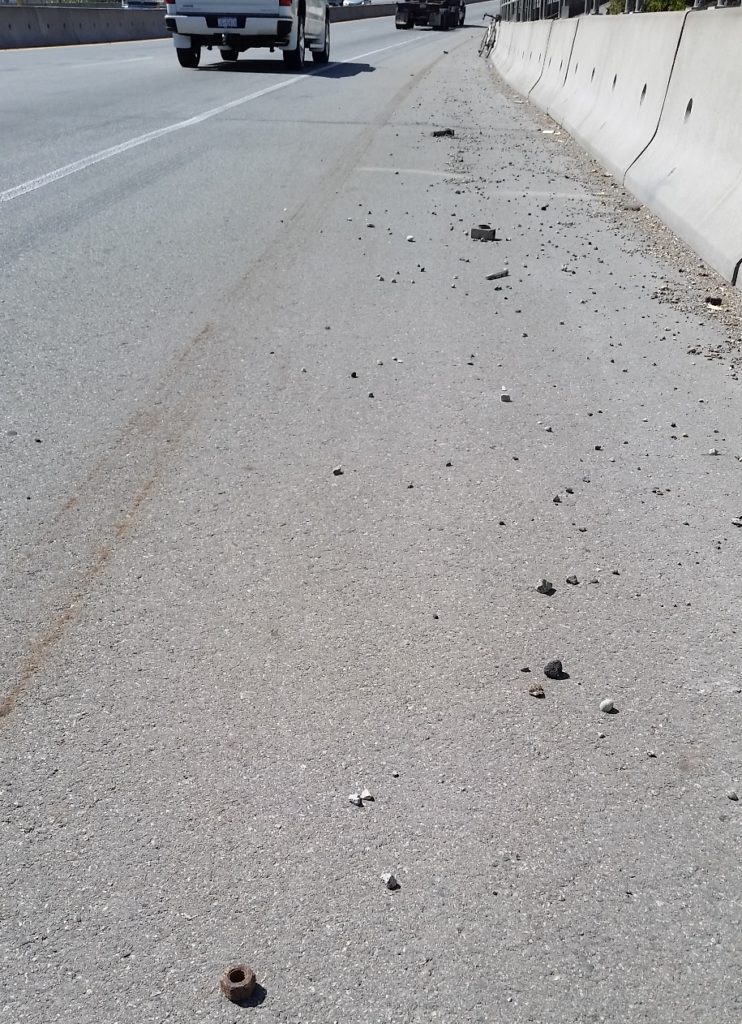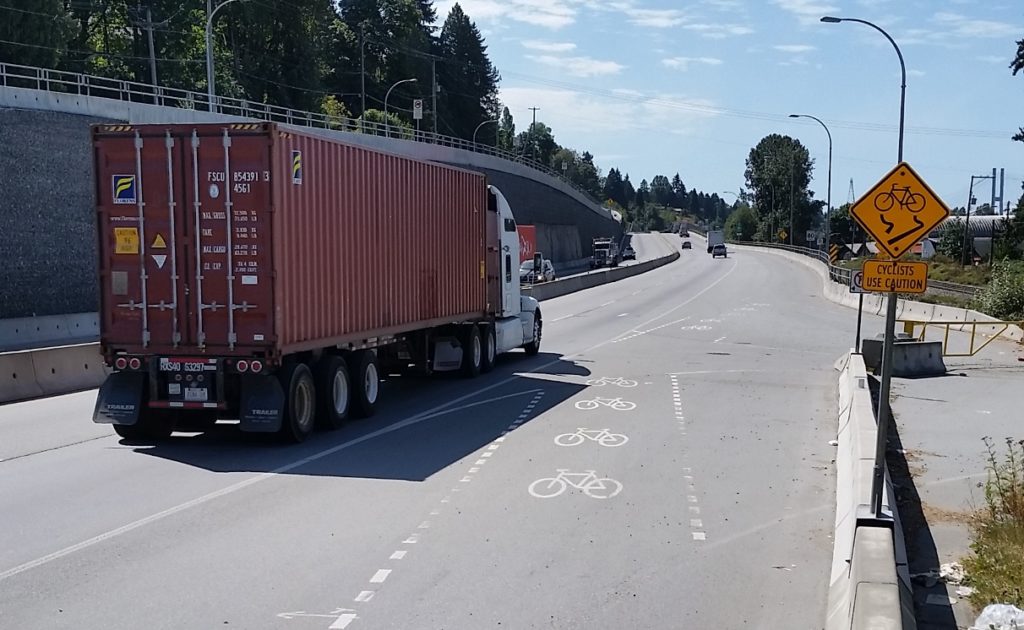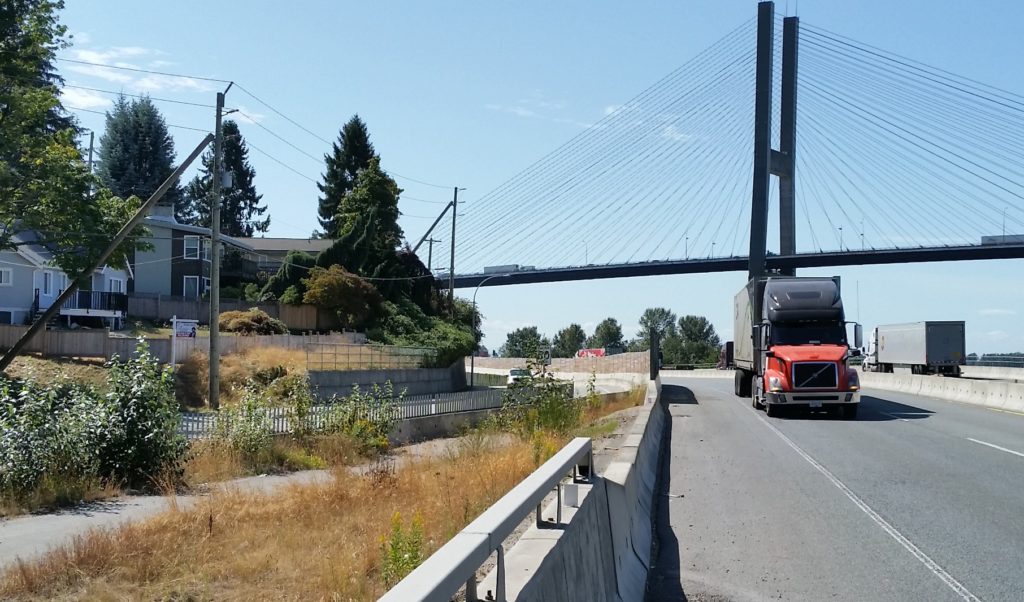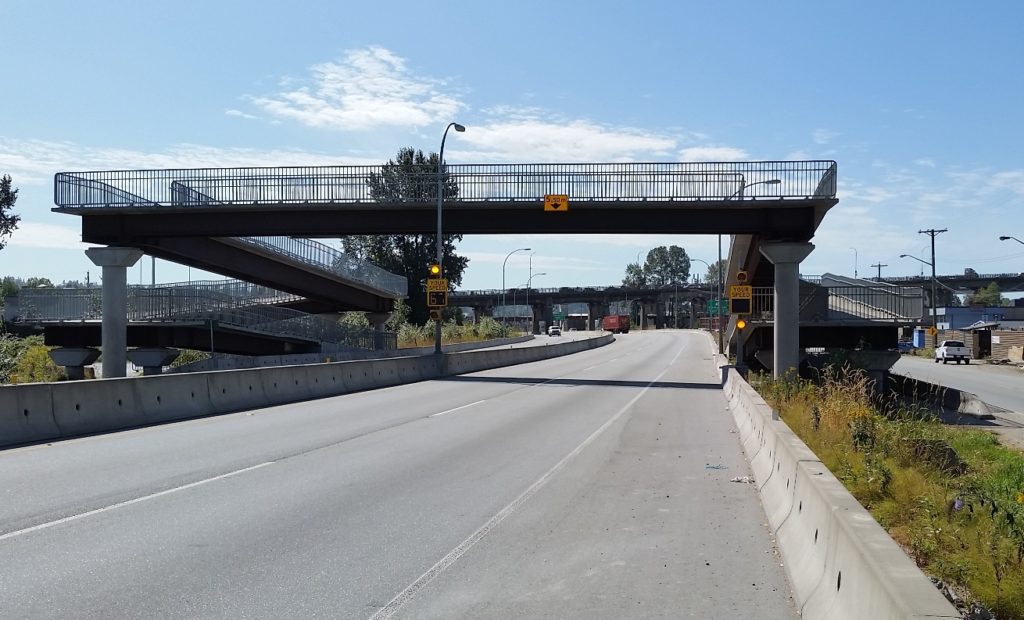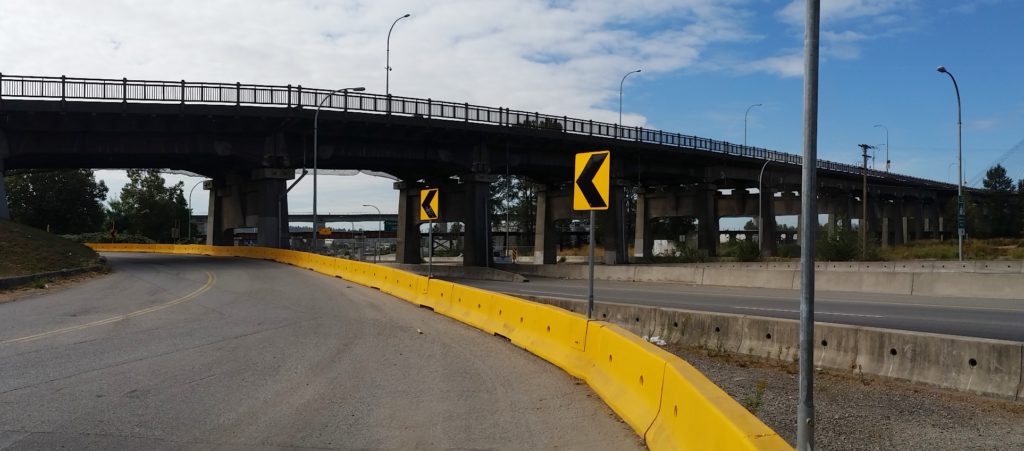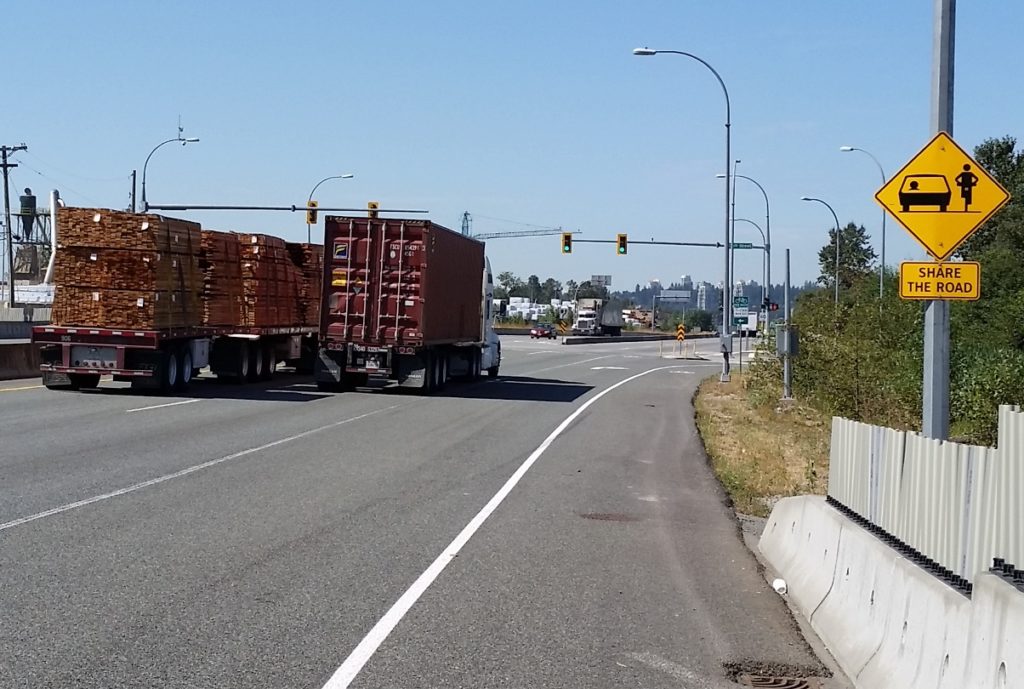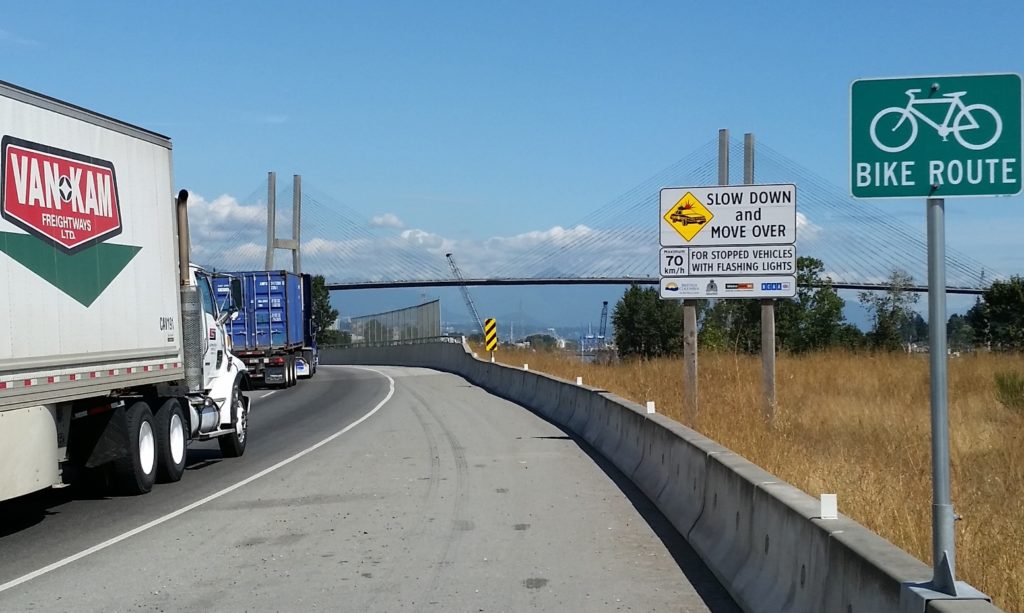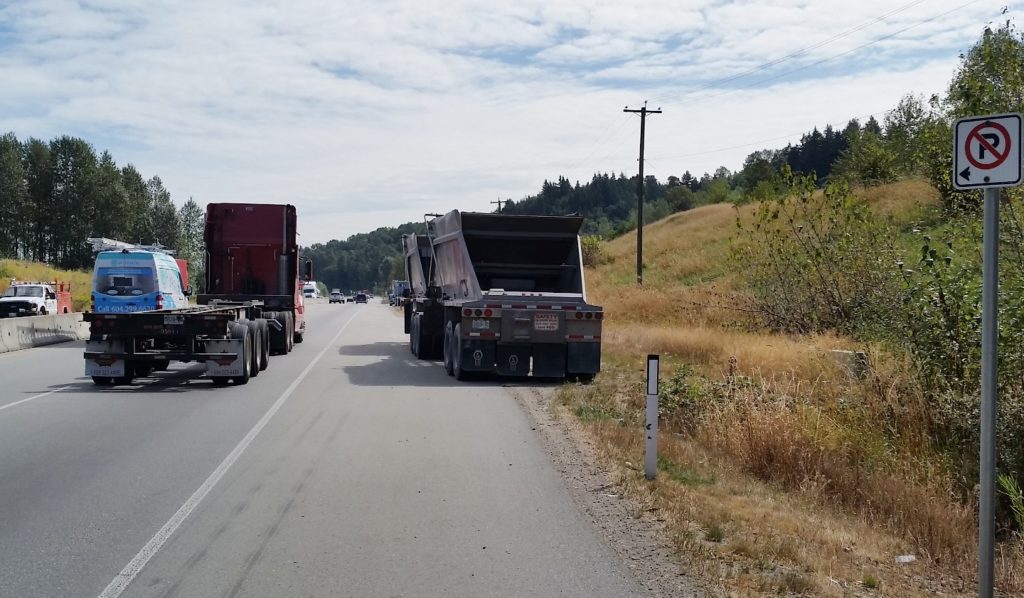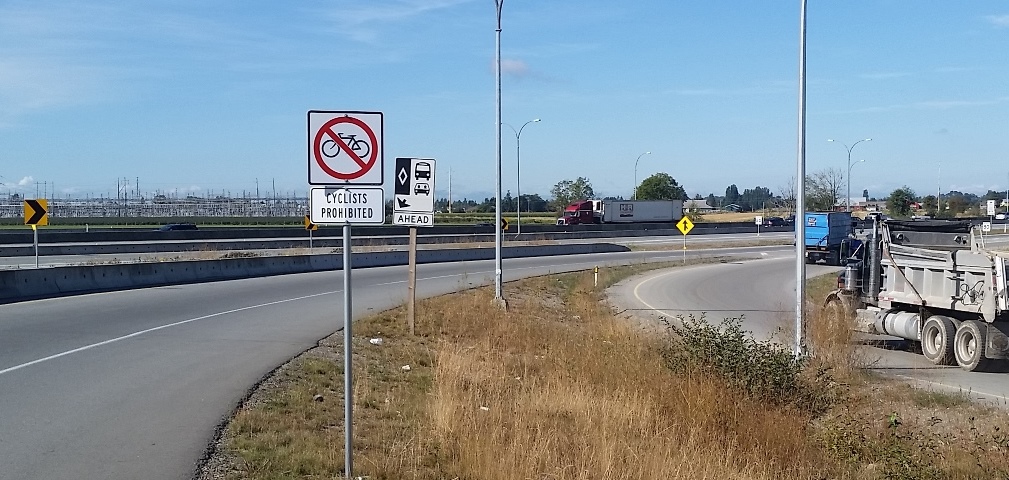Yikes, too much going on since last time I reported out on my Council-adjacent activities, so I’ll keep this short. One paragraph each (scroll down to see if I keep that promise, kinda curious if I do myself…)
I am on the Lower Mainland LGA executive, and we had an executive meeting to move some business along, which was mostly about making some fundamental program decisions about the 2020 conference we are planning for the beginning of May. It looks like a great program, so if you are a Local Government elected type reading this (and who else would?) make sure you register!
I gave opening greetings as “Acting Mayor” at the 2020 Innovation Expo at Anvil Centre. This annual event is part of the Intelligent New West program, where we bring people working in tech and innovation in the private sector together with people from the public sector to talk about how the two can work together to build capacity and promote investment in science and engineering. One of New West’s innovative businesses – Landcor – was a major sponsor of the event this year, and the event was really well attended.
Last weekend, the City of New West also hosted the semi-annual Council of Councils meeting, where local elected types from accross Metro Vancouver get together to get an update on what Metro Vancouver is up to. I guess I should write a blog post about separately!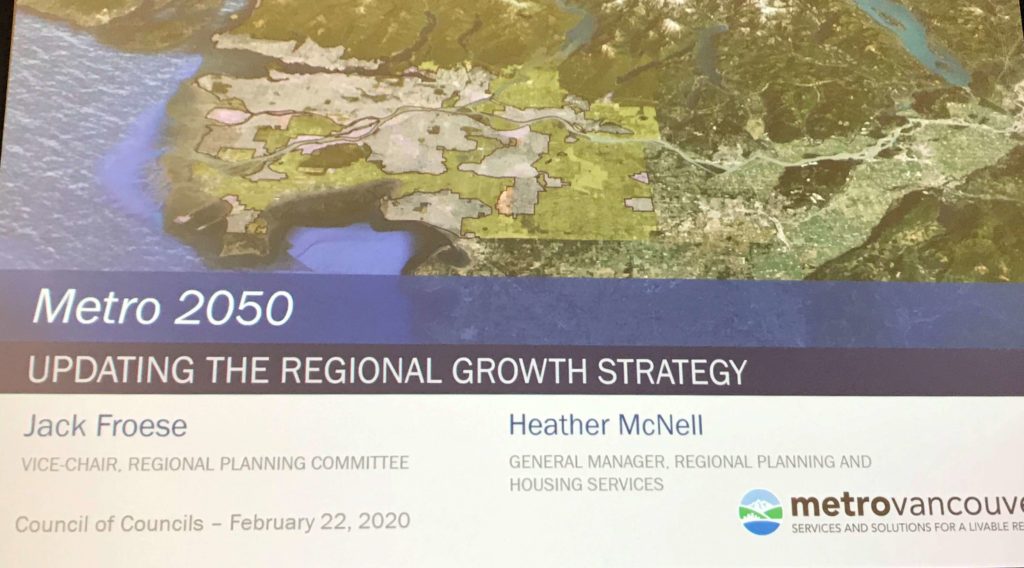
On the same day, a few of us from Council attended the annual Royal New Westminster Regiment Mess Dinner, which is an event I have never actually had the honour of attending before. I was lucky to be seated with some members involved in the Cadet programs, and it was great to hear about the work they do, and the role they play in the community.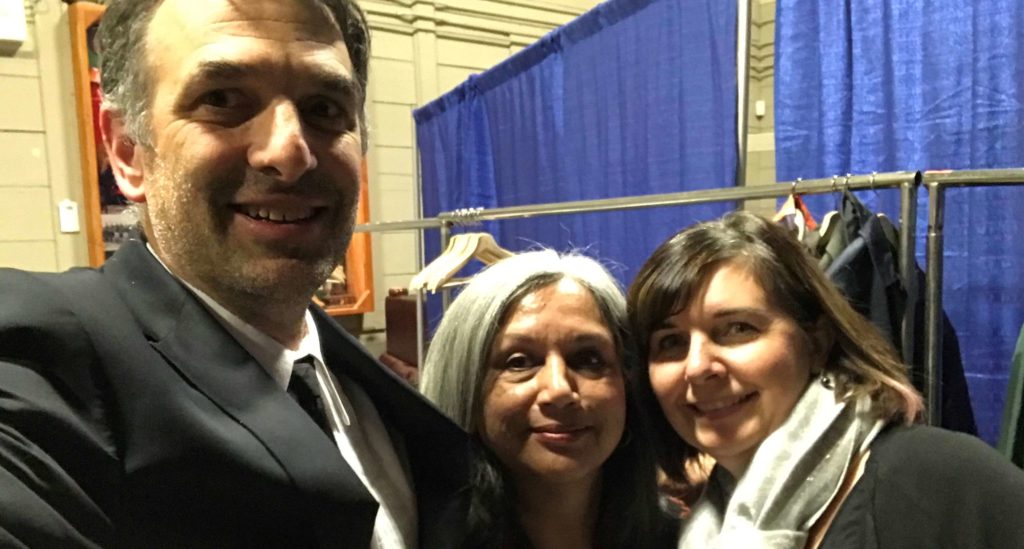
I am now serving as Chair of two new Council advisory committees: Facilities, Infrastructure, and Public Realm Advisory Committee (“FIPRAC”) and the Sustainable Transportation Advisory Committee (“STAC”), and both had their opening meeting in the last two weeks. It occurs to me now that I need to write another blog post about this, and how we are envisioning our new advisory committees being more effective and efficient.
For reasons too complicated to get into here, I was able to tour the OceanWise laboratory at the Pacific Science Enterprise Centre, which is what we are now calling the old DFO laboratories in West Vancouver. I was there to learn about some of the work OceanWise is doing to better understand microplastic pollution in our marine environment. This is an emerging area of science, as the impacts of residual clothing fibres, tire dust, paint chips, and other microscopic plastic particles are not well understood, even as we are now recognizing they have become ubiquitous in our oceans, air and sediments, and are becoming more common in marine micro- and mega-fauna. We may be some distance from knowing if we have any policy levers to do anything about this, but the foundational science is being done to at least allow us a better understanding of the problem.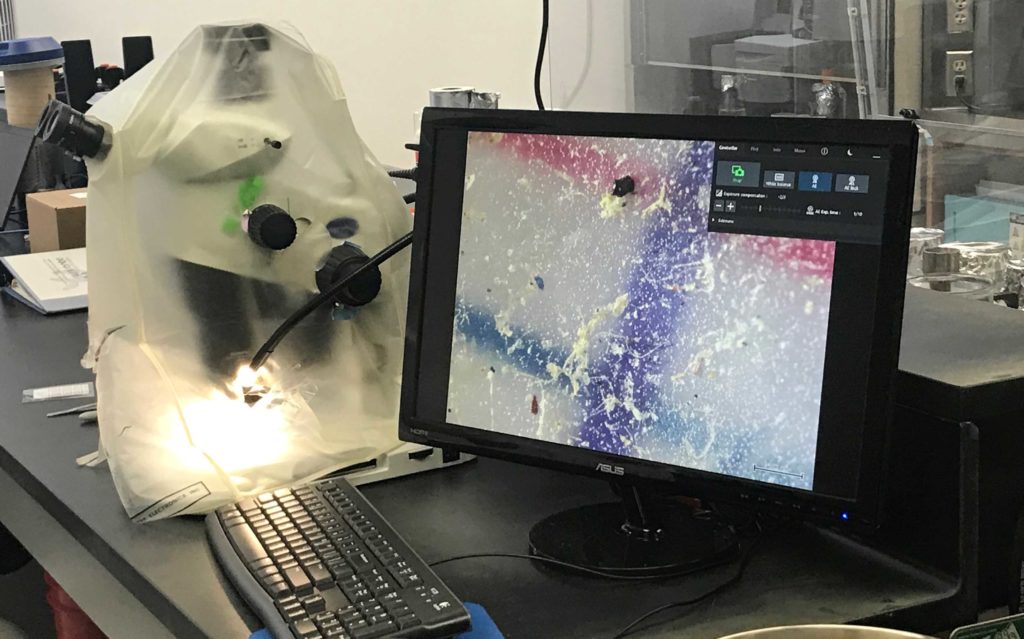
I am also the Chair of the Community Energy Association, a not-for-profit agency that helps communities across BC (and increasingly adjacent parts of Yukon and Alberta) set and achieve energy and greenhouse gas emission reduction goals. We had a meeting last week where we approved a 2020 budget and set some priorities for special initiatives for the year ahead (including a new website, so enjoy this one while it lasts!).
I had a brief telephone interview with CKNW’s Jill Bennett on the morning of February 29th to talk about Council’s plans to undertake a master planning exercise for the 22nd Street Station area. It is interesting that a mention of reducing auto-dependency, even as a long-term plan in light of a Climate Emergency, triggers a strong reaction for people. Even as we continue to have a regional vision of less car dependency, the idea that we can create an area attractive to people who choose to not be car-reliant, even in a small underdeveloped area around a 30-year-old SkyTrain station, is treated with the level of incredulity expected if we were planning a moon base.
I was able to attend the small vigil/gathering at Hyack Square last weekend to show support for the Wet’suwet’en people and express hopes for respectful dialogue and a peaceful resolution for the current dispute. It was nice to see some local engaged residents come out, and I had some great conversations with people. Although there has been some positive news coming out of Victoria and Smithers as the two sides work towards resolution, the discussion on that day was mostly around how unhealthy and divisive the conversation was in the social and traditional media on this topic. Having a gathering of people support a more respectful model of discourse left me feeling more positive about our community. Thanks to the organizers for this!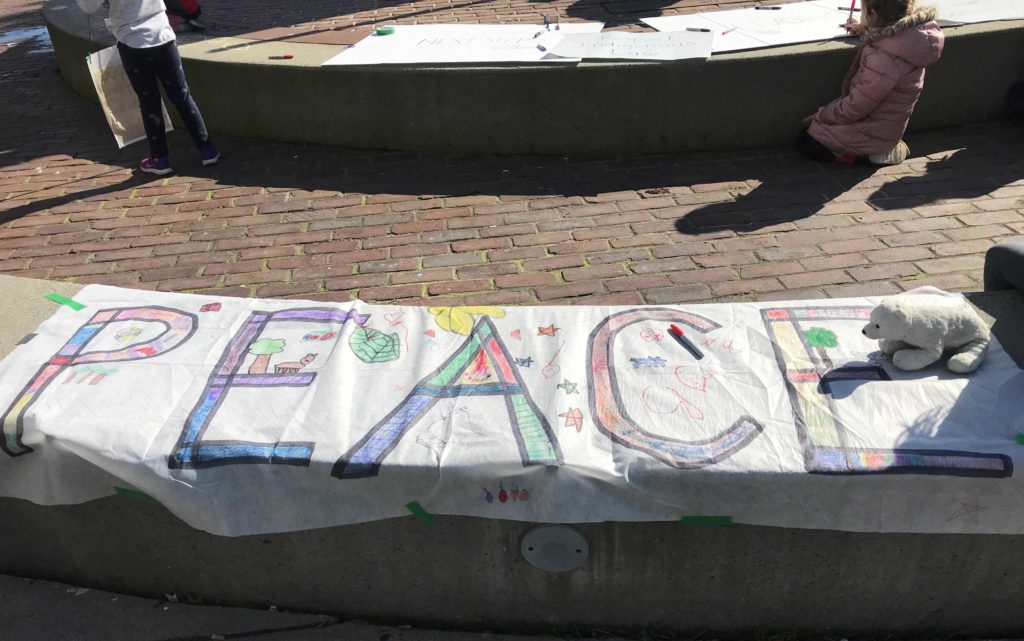
There was also a successful fundraiser event thrown last weekend by the Rotary Club of New Westminster that brought a couple of hundred people to the Royal City Centre atrium to have a some snacks and taste craft beer from around the region as an excuse to raise money for two great organizations in the City, I’s on the Street and KidSport.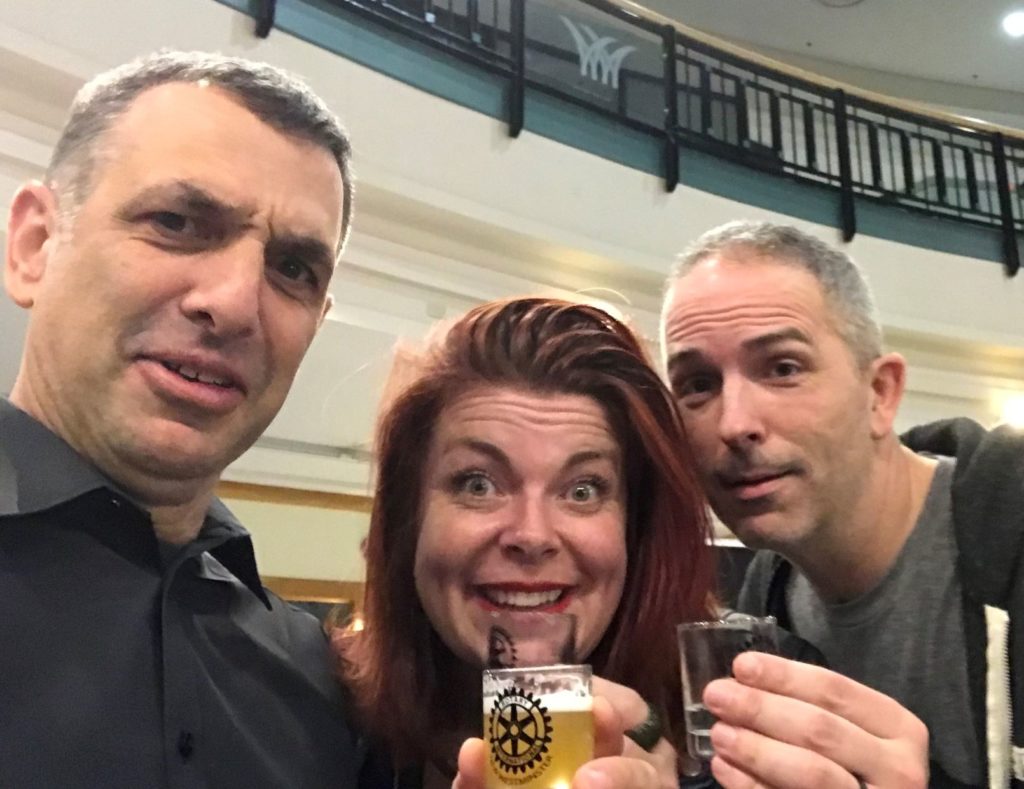
Finally, the Royal City Curling Club is winding its season down over March, and Team DeGobbi went into the playoffs in 12th seed, and won our first game against the #5 seed but then lost our second game to the 14th seed, so we have the long row to hoe if we plan to go deep in the playoffs. If you are wondering where I am Tuesdays and Thursday evenings…
 Since my last of these community updates, we ran into snowpocalypse or snowmageddon or
Since my last of these community updates, we ran into snowpocalypse or snowmageddon or 